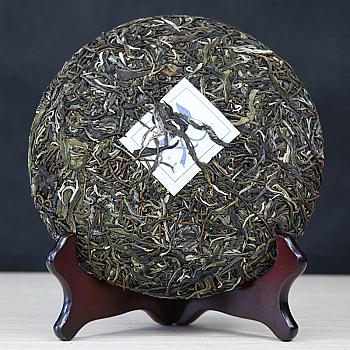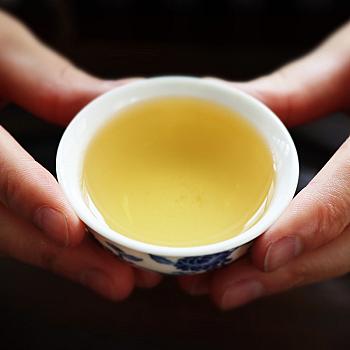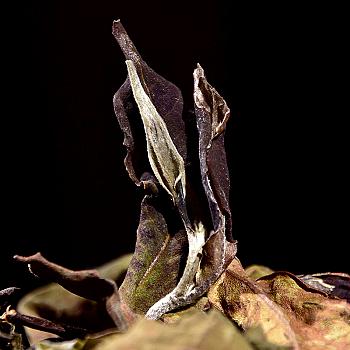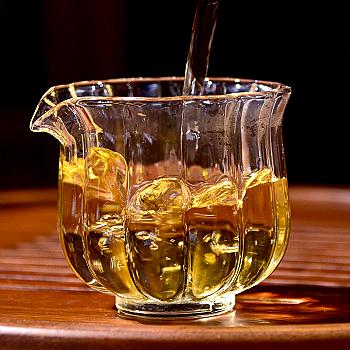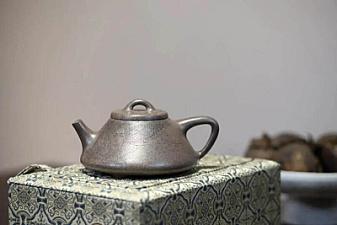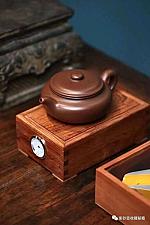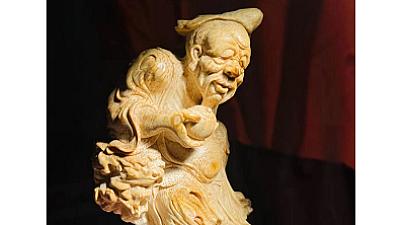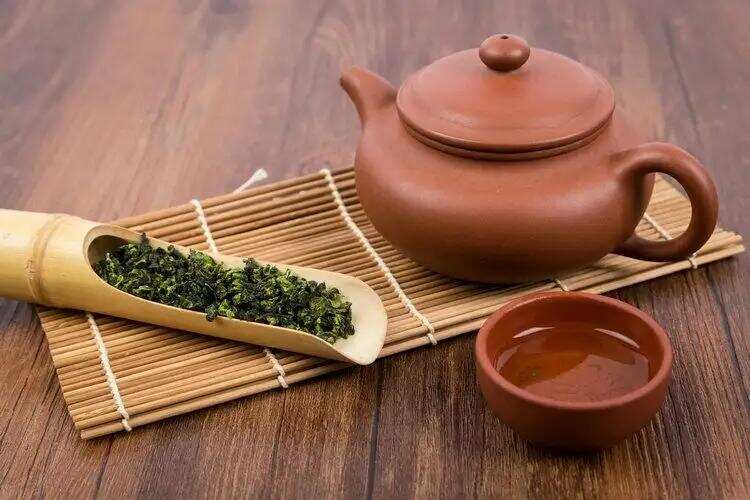
What's wrong with China not having any tea giants?
August 17, 2025
When talking about Chinese liquor, the first thing that comes to mind is Maotai and WuLiangYe; when it comes to cigarettes, one can reflexively come up with words such as Zhonghua and Lijing. But when it comes to tea leaves, we hesitate...
When it comes to baijiu (Chinese liquor), our first thoughts are of Maotai and Wuliangye. When it comes to cigarettes, we can reflexively spout off the names of Hanhua and Lijing. But when it comes to tea, we hesitated.... China is the world's largest tea producer and consumer, with a history dating back thousands of years.
So many people are wondering: why don't there any giant tea companies in the huge Chinese market? Today, let's discuss this question!

Actually, China has no tea production giants, both because of economic reasons and the nature of the product itself, as well as due to habits and customs, and cultural factors.

Reason 1: There are many varieties of tea.
China's tea mainly consists of six categories: green tea, yellow tea, white tea, oolong tea, black tea and Pu-erh tea. Within the six major categories, there are over 10,000 varieties, with hundreds commonly used. For example, the green tea has several sub-types such as Mao Feng (also known as Jing Mu) and Shui Xian.

Confronting such a large number of categories and complex production processes, I believe no giant can manage to do all the teas well.
Reason two: Chinese tea is highly differentiated.
The prerequisite for any giant is standardization, whereas tea and especially Chinese tea has been striving to differentiate itself.

Even among the same type of tea leaves, differences in place of production, different mountain peaks where they are harvested or the craftsmanship of tea makers can result in huge differences in taste. For example, even if there's a slight variation in processing variables such as kneading degree and firing temperature, it will cause a major difference in tea leaf sensation. Not just that, but each region takes this differentiation as an honor and emphasizes this kind of diversity constantly through various methods such as tea culture and marketing etc. This makes Chinese tea hard to show up on the market with a unified image.

Reason three: difficult to occupy market share of tea leaves
As mentioned earlier, China has a rich variety of tea categories, which results in no single type of tea being able to occupy a large market share. As a result, the so-called "tea giants" are actually monopolistic enterprises that need a large market share to gain monopoly power and high profits. The Chinese tea market is relatively scattered, with both large-scale standardized companies and small private workshops, and ownership of tea plantations is dispersed, making it impossible for any one company to gain significant monopoly power.

Many Chinese tea companies actually follow the "high price, low production" boutique model. They often pride themselves on having a few hundred year old tea trees and producing only a small quantity of genuine tea each year. This mindset that prioritizes quality over quantity is at odds with the mentality of giant corporations which pursue profit totals, output, and market share.

Tea as an agricultural product, with its production and marketing highly localized, is naturally also highly differentiated by brand. It can be said that it's extremely difficult to do well a single kind of tea, let alone all kinds of tea, making them stand out above the rest and dominate everything in sight.

